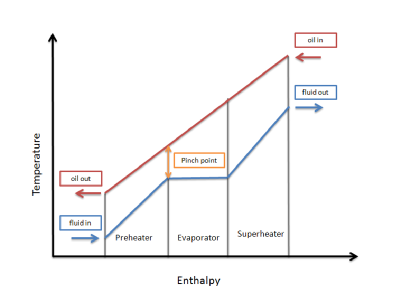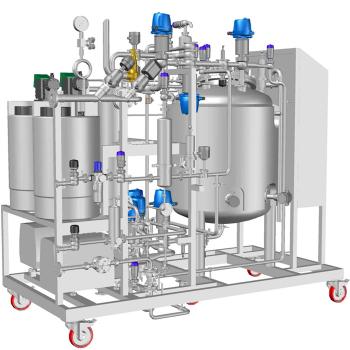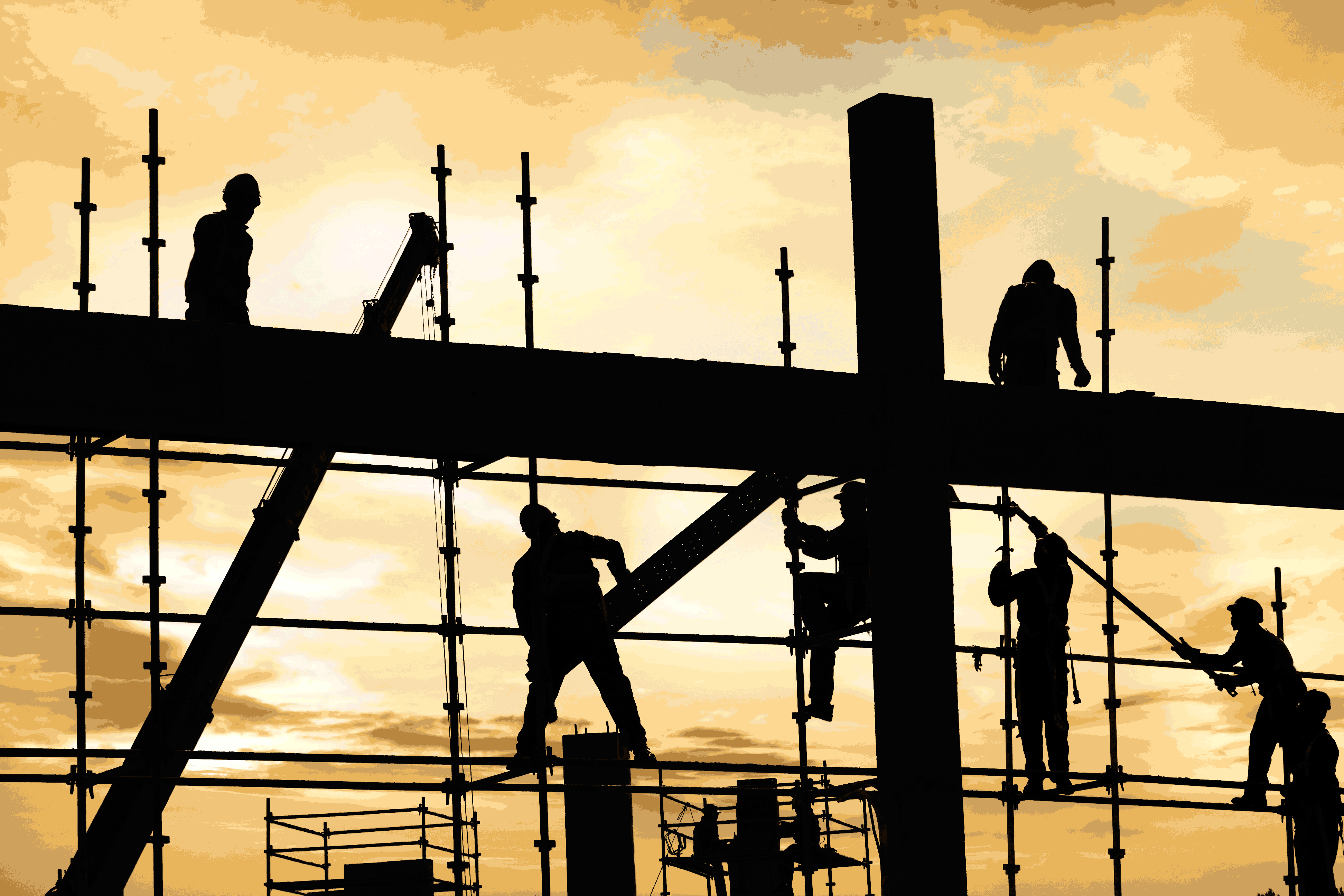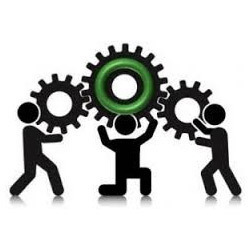In Pharmaceutical and Biopharmaceutical manufacturing industries, per ASTM E 2500, as a part of operations & continuous improvement, qualified systems must be periodically assessed until the systems are decommissioned. The purpose of periodic assessment is to ensure product quality and patient safety are not affected by any changes that may have occurred since the time of equipment release.
What is included in Assessment?
- Change controls and Deviations
- Original qualification documentation
- SOP (Stand Operating Procedures)
- P&ID’s Walk down
- Maintenance records in Computer Maintenance Management System (CMMS) software
Change Controls and Deviations Review: Keywords related to the system play a crucial role in searching the records in Quality Management Software for both Change Controls and Deviations. Records might be missed if proper search is not conducted.
Original qualification documentation: Initial qualification documentation should be reviewed for the required assessment duration to find the gaps and to reflect the company’s current policies and procedures.
SOP (Standard Operating Procedures): SOP’s related to the system operation and maintenance must be reviewed and confirmed with the System Owner to ensure that the procedures are current and whatever changes are made to SOP’s during the review period are done under appropriate change control procedures.
P&ID’s Walk down: Walking down the system P&ID’s are an important part of the periodic assessment as this confirms whether the P&ID is reflecting the current state of the system or not.
Maintenance Records Review: Annual Workplans, Calibration records, Validation events, General Work Orders and Preventative Maintenance plans to be reviewed as a part of periodic assessments to ensure that the system is being calibrated, maintained and functioning properly.

Though the procedures are efficient in Pharmaceutical and Biopharmaceutical manufacturing industries, there are chances that some of the changes could be missed or not tracked in the Change Controls. Also, as the use of Single-Use technology is growing, chances of switching the equipment/instrumentation by the personnel without any proper change control is very likely since they are portable and doing so will save time.
Performing all the activities listed above during the periodic assessment helps to identify the gaps and rectify the same which in turn ensures that the Product Quality and Patient Safety are consistent.












Recent Comments